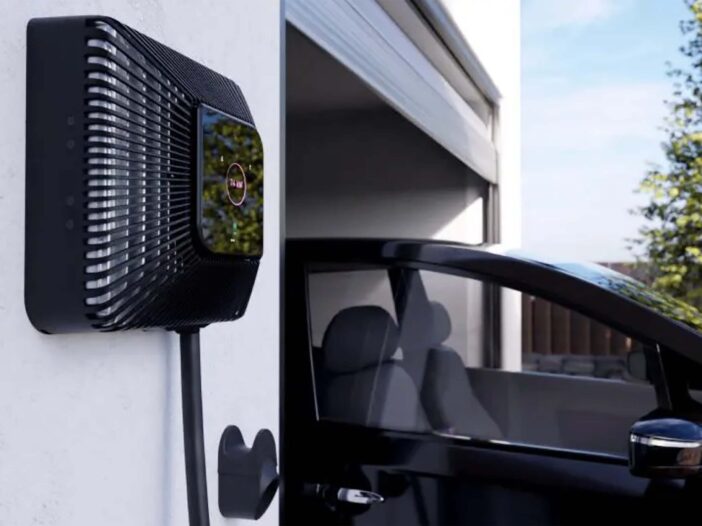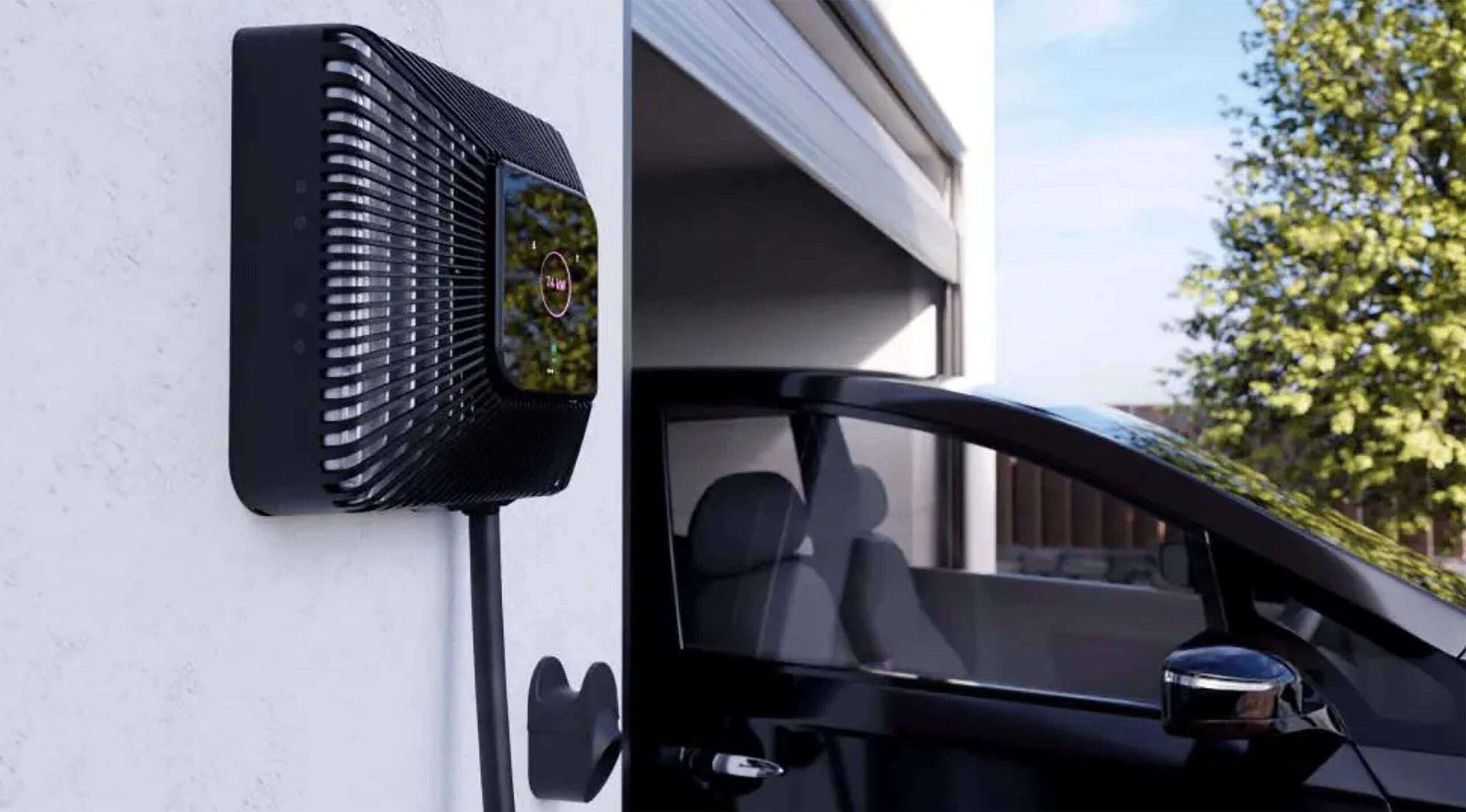
Australia’s energy market regulator and the broader energy market are banking on consumers becoming part of the electricity system through virtual power plants (VPPs).
VPPs are seen as one way to coordinate and manage numerous small-scale, decentralized energy resources like solar panels, EVs, and home batteries.
The Australian Energy Market Operator (AEMO) predicts that in the future 30 to 40% of Australia’s electricity generation and flexible demand services will come from VPPs that coordinate the energy assets of consumers.
But Tim Washington, the co-founder and CEO of one of Australia’s largest electric vehicle charging services, Jetcharge, told the SwitchedOn podcast that most Australians won’t take the extra step to participate in a VPP.
That’s because they won’t need to when they have an electric vehicle (EV) with bidirectional charging they can charge from their solar.
Bidirectional charging is the capability of an EV’s battery to both receive energy from the grid and send energy back to the grid or to our homes.
Washington believes that very soon consumers who have installed solar, and can afford to own an electric vehicle, will be paying virtually nothing for electricity.
“In a world where 1.8 [household] vehicles are both electric, both capable of bidirectional charging, you could actually make energy free – all of it, your house, your vehicle, all of it,” says Washington.
“Will you then go that extra step of saying, I will also participate in a VPP? What financial incentive will get you to give up that control? Is it $300? Is it $1,000? Is it $5000?”
Trust
The other issue that will inhibit energy consumers signing up for VPPs is a lack of trust in the energy market.
A recent survey by Energy Consumers Australia found that the energy retail industry is currently one of the most distrusted industries in Australia, even more so than supermarkets.
“I don’t necessarily see a path through,” says Washington. “Trust takes a very long time to build.”
Whilst some consumers, especially early adopters, will find a VPP deal that is too good to pass up, Washington believes there would have to be a dramatic turnaround in attitude and behaviour for most consumers to sign up.
Currently 86% of home battery owners have opted out of joining a VPP. Washington believes there will be even less chance of a mass market joining a VPP when most of us drive an EV with bidirectional charging which has a much greater capacity to store energy consumers produce at home.
Home batteries like Tesla Powerwalls have a battery capacity of around 13.5 kilowatt hours but the average EV has a capacity of 60 kilowatt hours.
“That’s why I think electricity is going to be free because it allows you to store a massive amount of electricity.”
Savings for consumers, not retailers
Washington believes energy retailers are trying to find ways to access some of the savings consumers can make from their consumer energy assets.
“The starting point for a VPP is not for the benefit of the consumer necessarily,” says Washington. “The starting point for a VPP is to replace centralized generation, revenue and profits with decentralized generation, revenue and profits.”
“My big question is, is there a world where consumers are the only beneficiaries of the savings, that all of those savings, just go back to the consumer?”
Currently for many people the payback on a really large battery storage setup isn’t there yet, but Washington argues that will change when more of us drive an EV, and bidirectional charging is available.
People will want an EV because they will be cheaper, nicer and safer vehicles, and “as soon as they drive it home, they have this massive battery that they can use to power their house.”
Washington maintains that powering our houses will be the ‘side-benefit’ of buying a car. It’s as if “you actually haven’t had to buy the battery because the battery comes with the EV.”
“It is one of the only assets that you can buy that serves a dual purpose because you need to drive it and you also can use it to power your house.”
With the ability to produce and store all our own energy, Washington predicts there will be a massive transfer of wealth.
“It’s billions of dollars that are going to come off the top line of the corporate sector and go into the pockets of consumers.”
And if consumers don’t sign up to VPPs?
“If the market is wrong, the retailers are wrong, the regulator is wrong, then we have to dramatically change the way we think about how to get to a netzero grid. And that planning has to happen today.”
To determine how the households who can’t afford, or are unable to own, consumer energy assets like EVs and solar will get access to cheap electricity, Washington makes a case for more modelling.
He fears the monopolies who run the power grids may force people without EVs and solar to pay for the networks fixed costs, which will inevitably increase their electricity bills.
“We have to think pretty far in advance to prevent that happening.”
You can hear the full interview with Tim Washington on the SwitchedOn podcast here.
Anne Delaney is the host of the SwitchedOn podcast and our Electrification Editor, She has had a successful career in journalism (the ABC and SBS), as a documentary film maker, and as an artist and sculptor.

